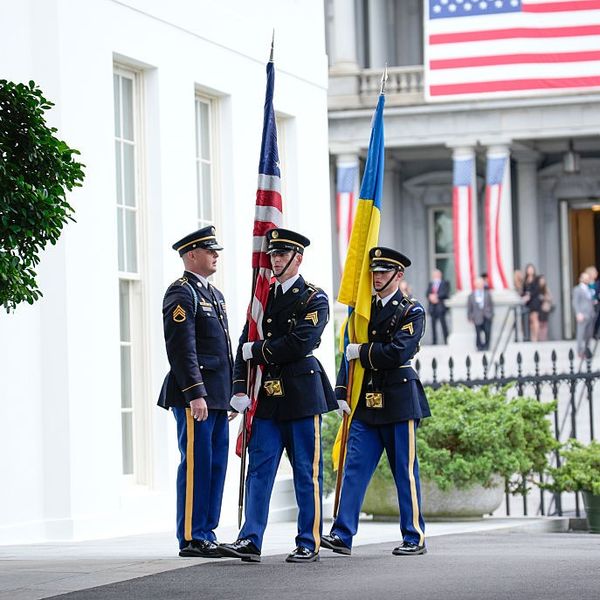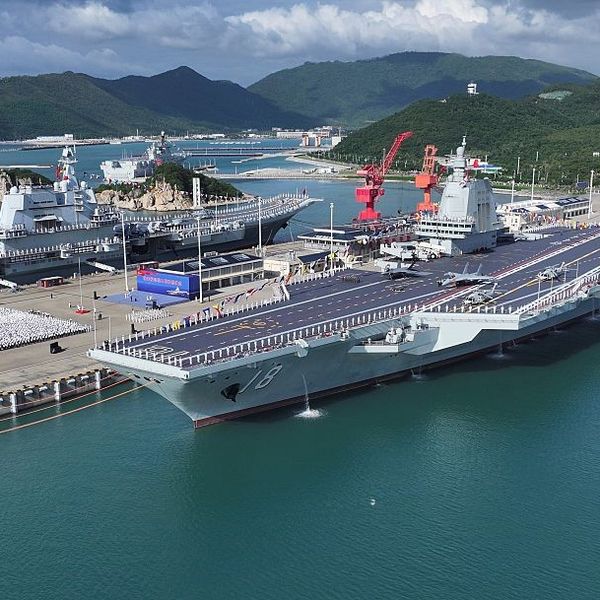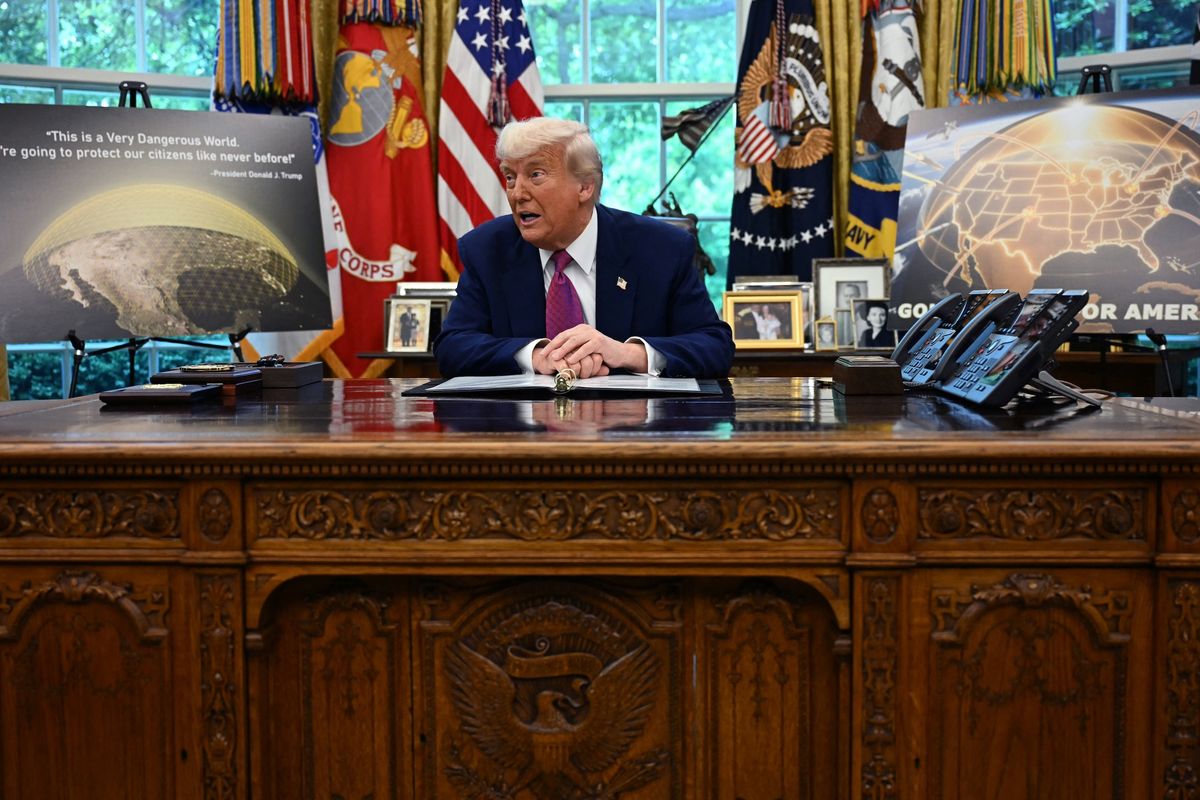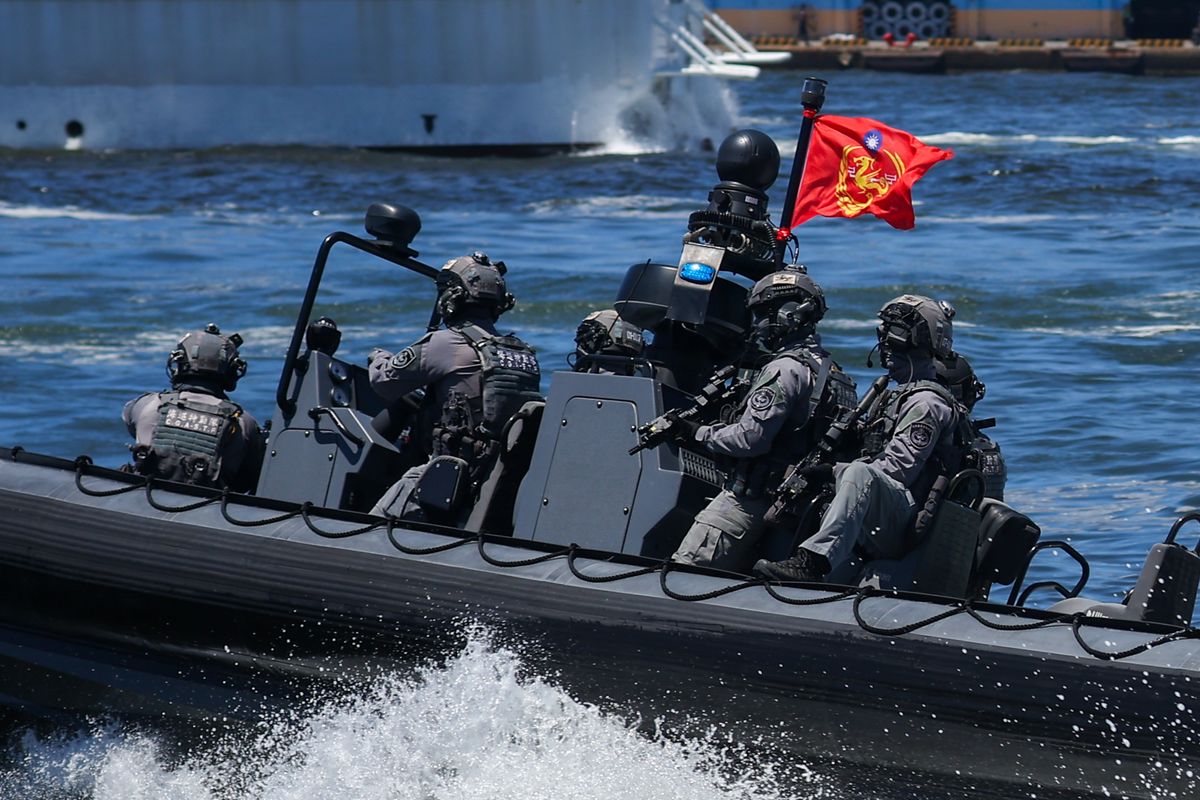OPINION – “The service [U.S. Coast Guard] is short 4,800 members [more than 10 percent of its active-duty personnel] and has missed recruiting targets for four fiscal years”, according to the FY 2024 budget. Although recruitment and recapitalization efforts are underway, the service will remain short of both personnel and platforms for years to come. At the same time, the service’s responsibilities continue to grow. The Coast Guard’s motto, Semper Paratus (Always Ready), is emblematic of its culture, which has a strong bias against indicating that it is unable to accomplish particular missions or tasks. This is true even when available resources are not commensurate to the task.”
That’s a quote from a very frank RAND Corp research paper titled, Improving the Effectiveness of U.S. Coast Guard International Affairs Efforts, released January 16, 2024, and carried out under a contract from the U.S. Coast Guard.
For background: The Coast Guard, with domestic and global responsibilities, has a $13.45 billion fiscal 2024 budget request for its 41,700 active-duty personnel, 7,800 reservists, and 8,300 civilian employees. That makes it less than one-quarter the size of the U.S. Marine Corps. It is also the only military service funded outside the Department of Defense appropriations bill since it is part of the Department of Homeland Security.
The Coast Guard’s fiscal year 2024 posture statement highlights growing international priorities that include conducting Bering Sea patrols; staging joint Arctic exercises with partners and allies; having port security units work with overseas partners; protecting against predatory illegal, unreported, and unregulated fishing; countering drug flows, building partnerships; having training teams support other countries; and conducting theater security cooperation activities.
It's not just for the President anymore. Cipher Brief Subscriber+Members have access to their own Open Source Daily Brief, keeping you up to date on global events impacting national security. It pays to be a Subscriber+Member.
Some Coast Guard international activities relate to White House initiatives. For example, in May 2022, the White House, in its fact sheet on the U.S.–ASEAN Special Summit called for $60 million in new regional maritime initiatives, most of which will be led by the Coast Guard. These include assigning additional Coast Guard personnel to “the Indo-Pacific to help meet partners’ requests for maritime training and capacity-building…new initiatives to help ASEAN counties counter illegal, unreported, and unregulated fishing…deploy a cutter to Southeast Asia and Oceania for security cooperation and to operate as a training platform… [and] support maritime law enforcement agencies in Southeast Asia by placing a training team in the region for the first time with additional dedicated support from U.S.-based trainers.”
The 93-page RAND study does not pull its punches. As an early summary paragraph points out, while the Coast Guard “operates in every ocean and with more than 160 countries on every continent,” its “Coast Guard international efforts are not well-coordinated or standardized. Areas (i.e., Atlantic Area and Pacific Area), districts, and headquarters (HQ) commands often have only limited awareness of each other’s efforts or of how various activities contribute to strategic goals. They also prioritize international affairs opportunities without formal coordination among them and have limited coordination in other respects. The current situation contributes to duplication of efforts and reduced impact. Documentation and data related to international efforts are not widely accessible. Without an accessible central repository, personnel are often unaware of relevant information.”
Many people interviewed for the RAND study “agreed that, as one said, ‘We are unbelievably understaffed.’ They supported the idea of more billets for regional advisers, passport and visa processing staff, and international-affairs roles. However, there was no consensus on the optimal number of billets or how many of them should be for uniformed personnel.”
The RAND study also reported that Coast Guard international affairs billets are not centrally coordinated, although some programs have well-defined pipelines, i.e., the Improving Port Security program.
Coast Guard global responsibilities are divided such that the Coast Guard Pacific Area (PACAREA) covers the West Coast, Hawaii, Alaska, as well as Pacific-facing parts of Latin America, the Pacific Ocean, Indian Ocean, Asia, and Oceania including Australia and New Zealand.
The Coast Guard Atlantic Area (LANTAREA) oversees operations east of the Rocky Mountains, the East Coast, the Gulf Coast, the Mississippi River and its tributaries, and the Great Lakes, the Atlantic Ocean and adjacent bodies of water (e.g., the Gulf of Mexico, the Caribbean, the Mediterranean, and the Baltic Sea) plus the Atlantic-facing parts of Latin America, the polar regions as well as the Middle East, and Africa.
Subscriber+Members have a higher level of access to Cipher Brief Expert Perspectives and get exclusive access to The Dead Drop, the best national security gossip publication, if we do say so ourselves. Find out what you’re missing. Upgrade your access to Subscriber+ now.
The RAND study points out, “Surprisingly, there appears to be a lack of shared knowledge about the precise boundaries between the areas in parts of the world far from U.S. shores. Although a short, jagged line in the western Indian Ocean is often shown as a boundary between the two [Coast Guard geographic] areas, it is unclear where the boundaries are in other places, such as near the polar regions. When we asked interviewees for help understanding where the boundaries were, we were repeatedly met with uncertainty, and we did not encounter documentation that clarified this.”
Also, the RAND study notes, “LANTAREA and PACAREA manage international affairs efforts independently,” although “in both [Coast Guard] areas, most people with international affairs responsibilities also have ample domestic ones.”
Here are some examples of current worldwide Coast Guard activities:
On December 12, 2023, in the Gulf of Oman, the Coast Guard fast response cutter Glen Harris seized illegal drugs worth over $6 million from a fishing vessel. Crewmembers reported seeing individuals on the fishing vessel throw seven bales of material over the side, which turned out to be 174 kilograms of heroin.
The Glen Harris arrived in the Middle East region last year as part of a contingent of six Sentinel Class fast response cutters, a cutter relief crew, and a 150-member mission support detachment forward-deployed to the region under Patrol Forces Southwest Asia and operating from Naval Support Activity Bahrain.
On November 8, 2023, the Coast Guard announced establishment of U.S. Coast Guard Base Guam as part of its expanded mission to support operations in the Indo-Pacific region. However, initially it only involved 17 additional personnel billets the new Base Guam physically is located where it was before within U.S. Naval Base Guam.
As for operations, there is Guam-based fast-response cutter Frederick Hatch, which carried out a routine 47-day Operation Blue Pacific expeditionary patrol last fall that ended Thanksgiving Day.
At one point, the Frederick Hatch carried out nine boardings of vessels within the Papua New Guinea (PNG) exclusive economic zone. The boardings, led by two PNG boarding officers, one from the Customs Services and one from the National Fisheries Authority, resulted in 16 issued violations and two warnings.
The vessels' flags included the People's Republic of China and the Philippines, while the issues involved exceeding crew occupancy limits based on available berthing, improper crew compositions due to a lack of required PNG crew, expired seafarers' credentials, and poor vessel markings.
Another highlight of the patrol was diplomatic – the Frederick Hatch's visit to Tacloban, Philippines, in mid-October, marking the 79th anniversary of the World War II Battle of Leyte Gulf. The Frederick Hatch's Coast Guard crew took part in the commemoration observance and other activities, including including a visit with the mayor and a maritime law enforcement exchange.
Coast Guard Cutter Active and crew returned to its home port in Port Angeles, Washington, December 20, 2023, after a 57-day patrol in support of Joint Interagency Task Force-South’s counternarcotics campaign in the Eastern Pacific Ocean. Active is a 210-foot medium endurance cutter equipped with two boats and an MH-65E twin-engine helicopter, used for medevac-capable search and rescue and armed use of force missions.
The Active crew successfully interdicted over 3,400 pounds of cocaine and detained three suspected narcotics traffickers. Less than 24 hours after the holiday interdiction, Active successfully apprehended three more suspected smugglers transporting more than 2,400 pounds of cocaine.
The RAND study points out the Coast Guard Office of International Affairs has nearly 40 people working for it, both civilians and uniformed personnel…[and] most of its billets are funded by [the Departments of Defense and State] with the Coast Guard paying for the rest.
Overall, The RAND study concludes, as I noted at the beginning, “Various parts of the Coast Guard engage with countries and the interagency world at any given time, operating with considerable autonomy through disparate documented and undocumented processes.”
“Currently, there is no single definition of Coast Guard international affairs, nor is there a more expansive description of what the term’s scope entails. This ambiguity contributes to confusion for both Coast Guard personnel and external stakeholders: They do not share the same perspectives or perceptions on what the Coast Guard should do internationally or why.”
RAND makes its own suggestions to address this problem, but my aim was just to show what the Coast Guard is doing worldwide, which is something I believe is not widely known. Bringing order to what is going on — I will leave to those who run the Coast Guard, the Defense Department, the White House, and Congress.
The Cipher Brief is committed to publishing a range of perspectives on national security issues submitted by deeply experienced national security professionals.
Opinions expressed are those of the author and do not represent the views or opinions of The Cipher Brief.
Have a perspective to share based on your experience in the national security field? Send it to Editor@thecipherbrief.com for publication consideration.
Read more expert-driven national security insights, perspective and analysis in The Cipher Brief












